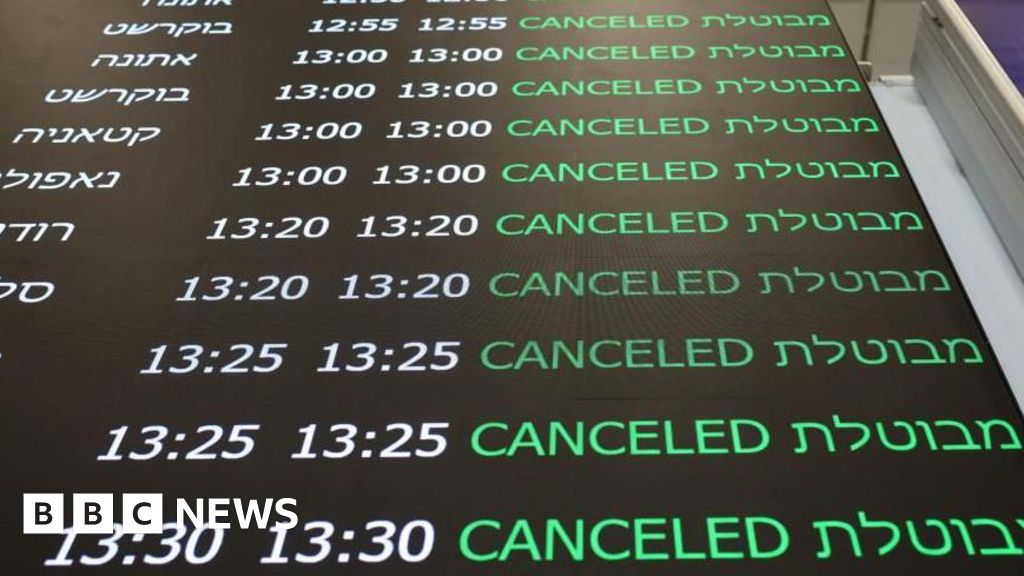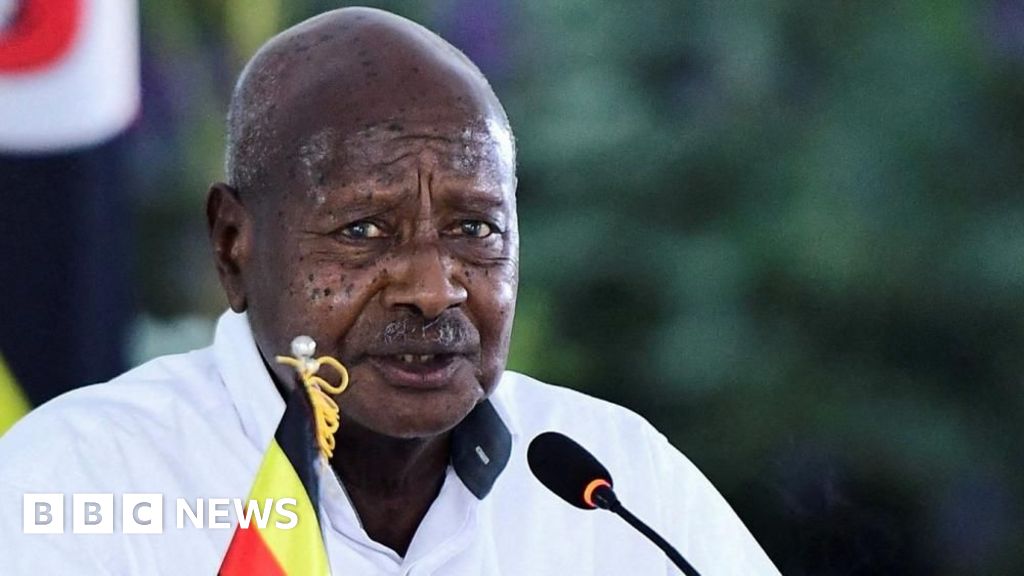ARTICLE AD BOX
By Yaroslav Lukov
BBC News
Image source, Azov regiment
Image caption,More than 15 children - from babies to teenagers - are sheltering in the bunker, one of the women there is heard saying
Ukraine's Azov regiment has posted a video showing women and children purportedly sheltering underground at the Azovstal plant - the last part of Mariupol not under Russian control.
Women and children in a crowded room can be heard saying they are running out of food and water, and pleading to be evacuated from the southern city.
Some say they have seen no daylight for weeks, having been there from February.
The BBC has not verified the video, believed to be filmed on 21 April.
On the same day, President Vladimir Putin called off a planned Russian assault on the steelworks, and ordered his troops to seal it off instead.
Moscow also declared itself to be in full control of the strategic city - a claim denied by Ukraine, who says Russian troops were simply unable to seize the Azovstal steelworks.
The plant - a maze of tunnels and workshops - is a huge industrial site in central Mariupol.
Taking the Sea of Azov port - which has been almost erased by weeks of heavy Russian bombardment - is a key Kremlin war aim, and would release more troops to join an ongoing Russian offensive in the eastern Donbas region.
What is seen in the Azov video?
The footage was posted online on 23 April.
The Azov regiment, which was originally a far-right group that was later incorporated into Ukraine's National Guard, says it shows its fighters delivering food and other aid to women and children in one of the Azovstal underground bunkers.
Big signs reading "Children" in red paint are seen on the walls leading to the room. One woman, who is not named, is heard saying more than 15 children - from babies to those aged 14 - are sheltering there.
Another unnamed woman is seen on camera telling how she has been sheltering since 25 February - the second day of Russia's invasion of Ukraine.
One of the children, a girl, says she left her house together with her mother and grandmother on 27 February.
"We haven't seen the sky or the sun since. We want to get out of here very much. We want it to be safe for us, so no-one is hurt, and then live in safety."
The girl says she wants to be able to go to the western Ukrainian city of Lviv, where one of her brothers has managed to escape to from Kharkiv - a heavily-bombed city in the north-east.
"I want to get out… to be in safety. I don't want to risk getting out only to be hit by bomb fragments, for example," she adds.
Earlier this week, one of the commanders of Azov told the BBC that many civilians, including children, were sheltering at the site. He also said dead Ukrainian fighters were there.
The Azov regiment was formed in 2014, soon after Russia annexed Ukraine's southern Crimea peninsula, to fight against Russian forces and pro-Russian rebels in the eastern Donbas region.
Some of Azov fighters originally had links to nationalist and far-right groups. The regiment was later incorporated into Ukraine's National Guard.
The regiment, along with a Marine brigade, border guards and police officers, are now the last Ukrainian defenders left in Mariupol.
Ros Atkins on... Putin’s false Nazi claims about Ukraine

 3 years ago
172
3 years ago
172








 English (US) ·
English (US) ·